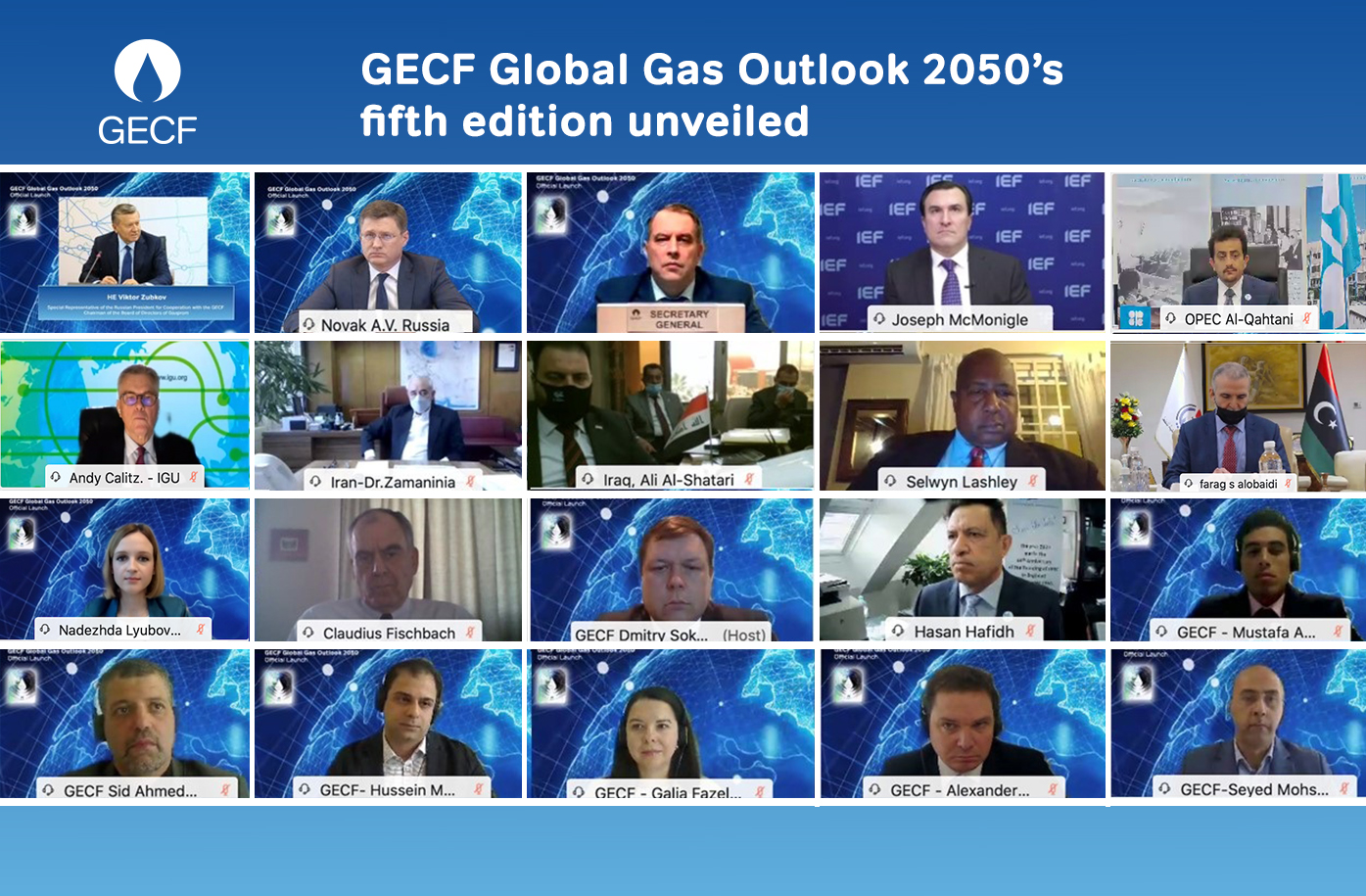The share of traded LNG will increase to reach about 48 percent of all traded gas by 2030, according to a new report by the Gas Exporting Countries Forum (GECF).
Doha-based GECF said in its new Global Gas Outlook 2050 on Wednesday that LNG trade would reach 650 billion cubic meters by 2030 and rise to 1,110 bcm by 2050 when it would account for 56 percent of all traded gas.
Global traded volumes of natural gas would grow at an annual average rate of 1.4 percent between 2019 and 2050, representing an overall increase of 52 percent, reaching 1,990 bcm of total natural gas consumption in 2050, the report said.
In line with natural gas demand, global gas trade is also set to increase not only in terms of volume, but also in terms of new suppliers and importers.
By 2050, GECF expects that the total number of LNG exporters would exceed 30 countries, while around 50 countries will be importing LNG.
Moreover, LNG liquefaction capacity would reach around 1,240 mtpa, with the great majority from the US (259.1), followed by Qatar (178.8), Russia (165.1) and Australia (134.7), it said.
Total gas investment to reach $10 trillion by 2050
With lower cost brownfield expansions, Africa with projects totaling 218.5 mtpa of liquefaction capacity could emerge as a key LNG production region, the report said.
Over the outlook period, GECF expects LNG regasification from existing, under construction, potential, proposed, stalled and speculative projects to reach around 1,398 mtpa, including 896.1 mtpa in Asia, and 201.5 mtpa regasification projects in Europe.
Furthermore, total gas investment between 2020 and 2050 would reach about a cumulative $10 trillion, the report said.
Most of this amount includes upstream activities, however, trade infrastructure such as liquefaction and regasification plants would require an additional cumulative $708 billion investment, with more than half in liquefaction projects, it said.
Most of this investment would take place in Africa, non-OECD Asia and Eurasia, the report said.
GECF is an international governmental organisation that gathers the world’s leading gas and LNG exporting countries. Together, the coalition represents 70 percent of the world’s proven gas reserves, 44 percent of its marketed production, 52 percent of pipeline, and 51 percent of LNG exports in the world.

